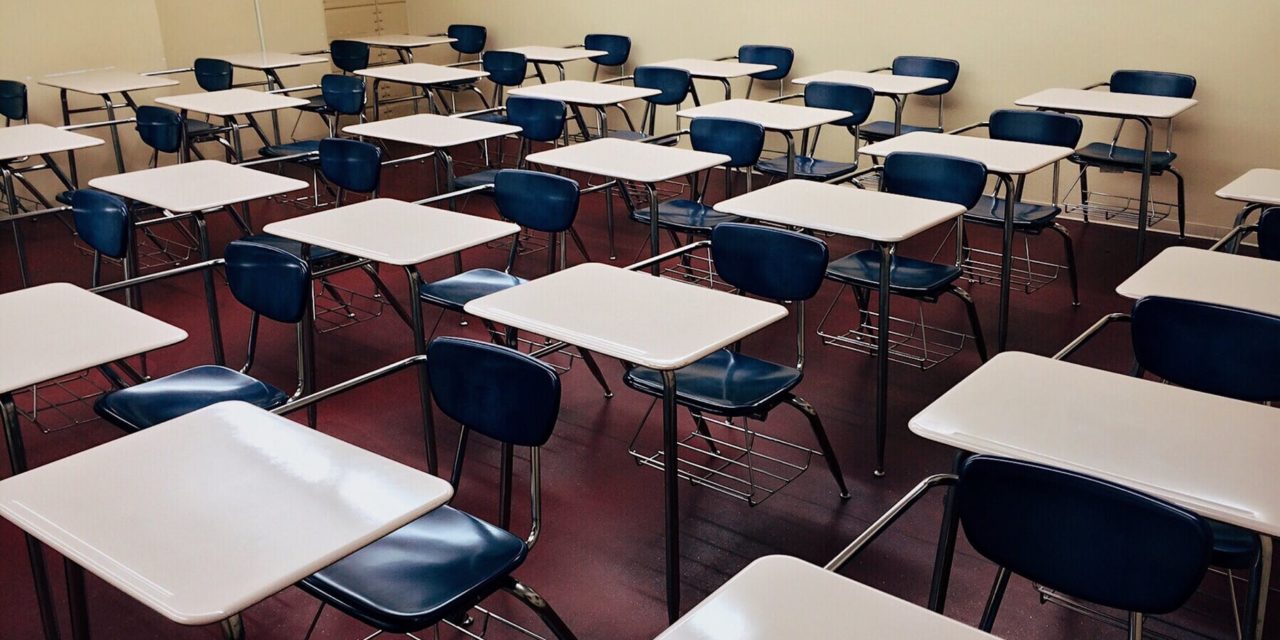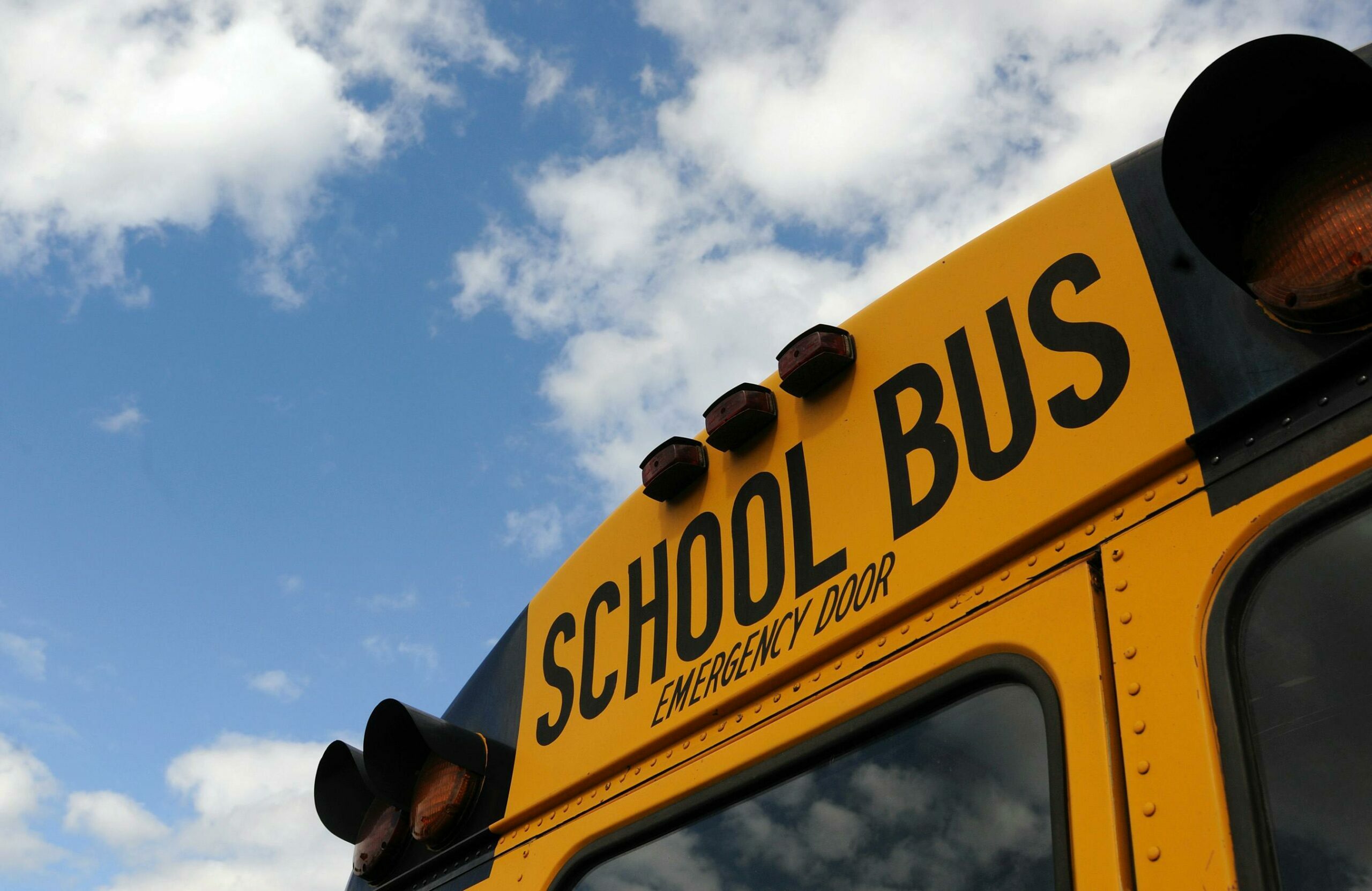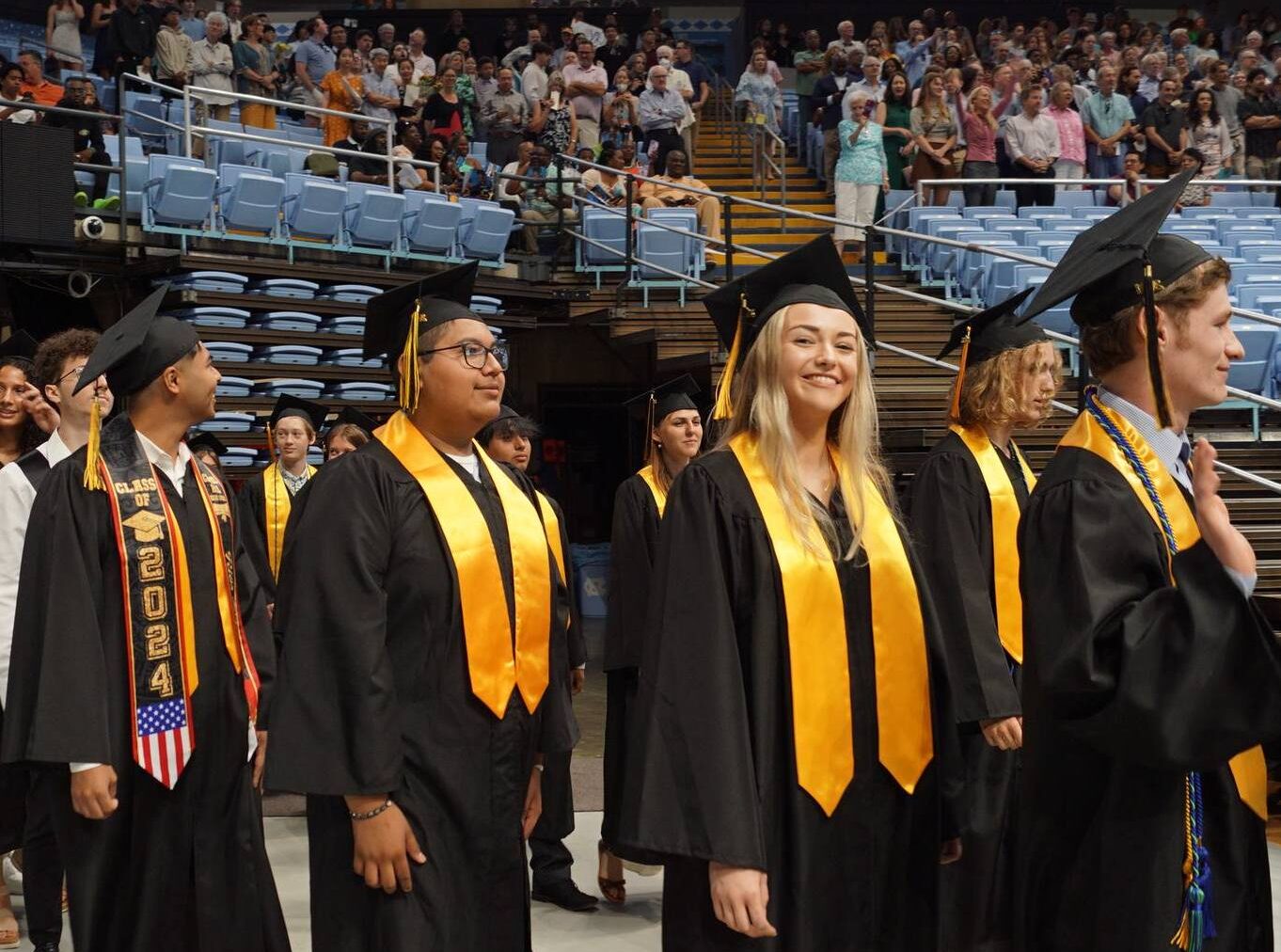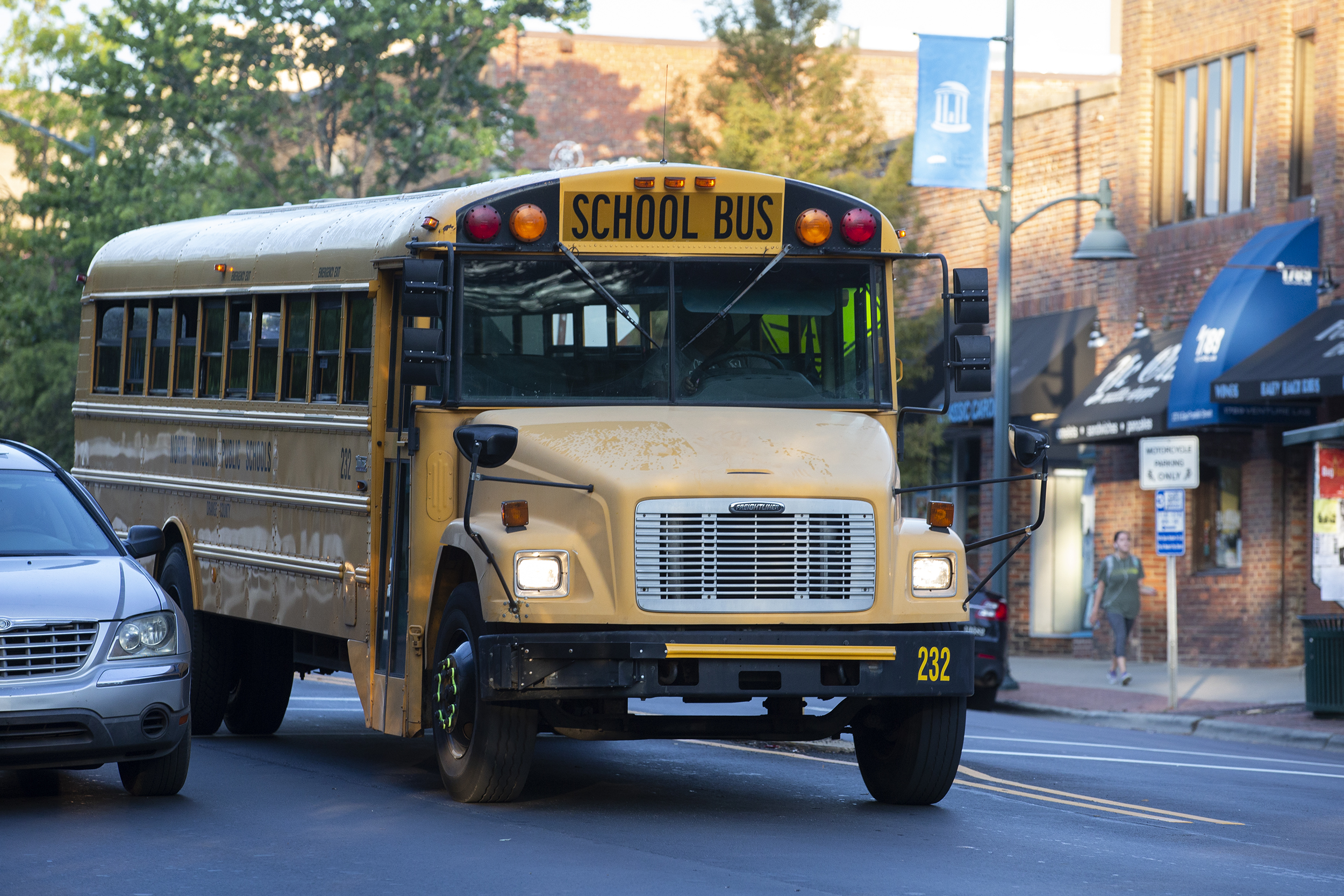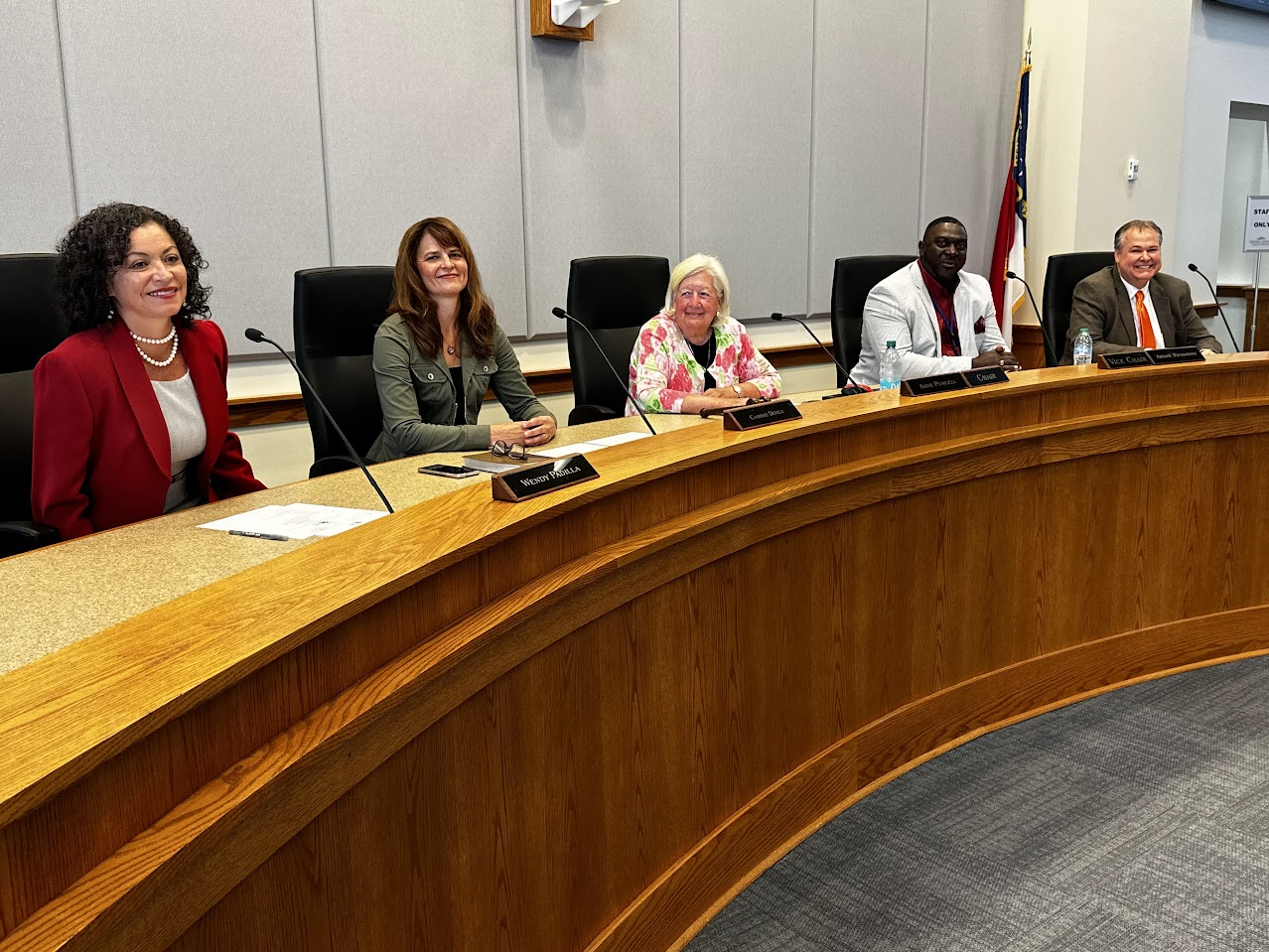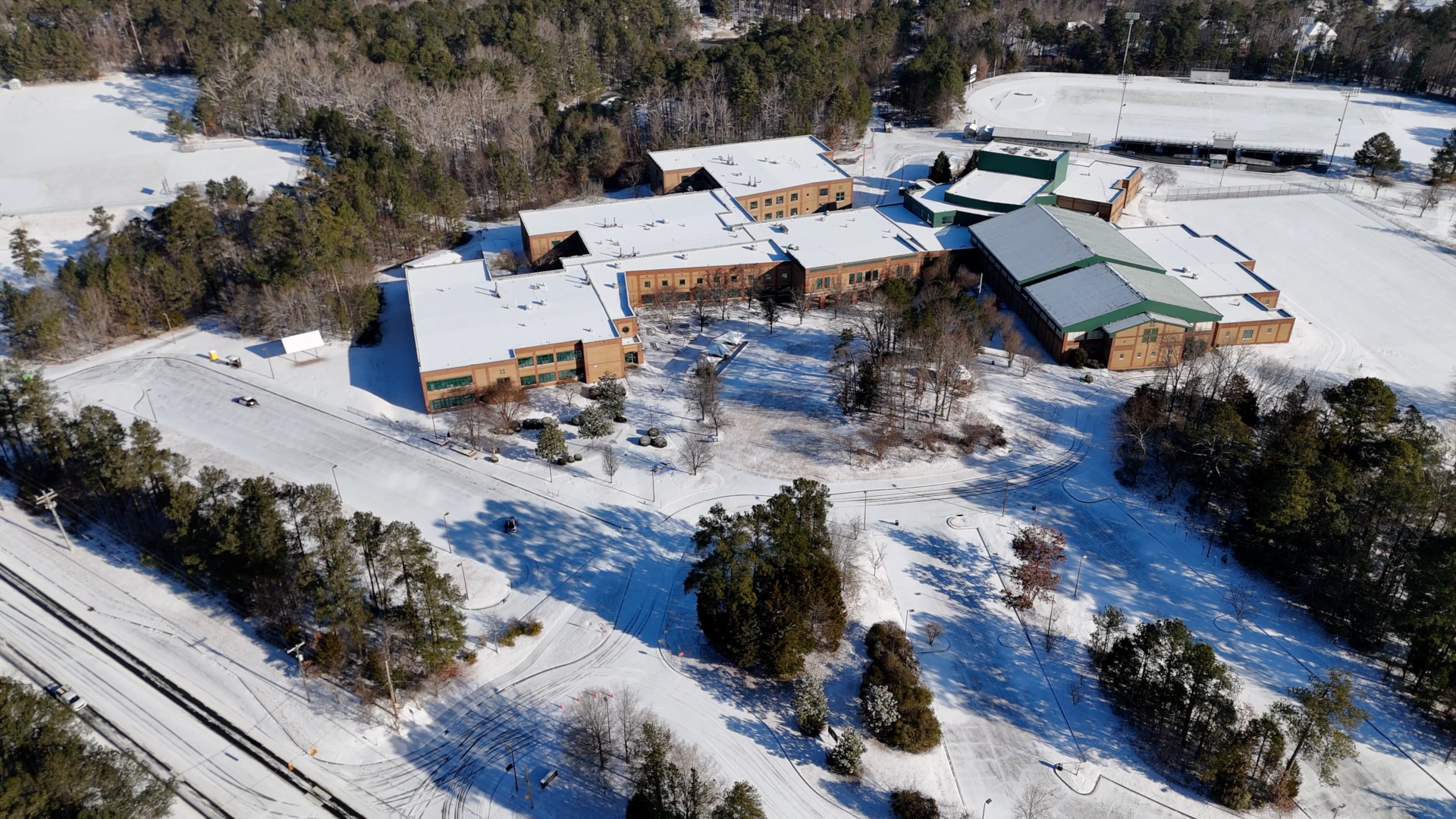Recent research from Duke University shows in-person learning can resume safely and proper mitigation measures can lower and prevent transmission in school settings.
Amid the local districts’ preparations for students to return to the classroom, there are some concerns about teachers being vaccinated prior to in-person instruction as the waitlist for a vaccine continues to grow. Currently, healthcare workers and those over the age of 65 are eligible to be vaccinated under Groups 1 and 2. The beginning of Group 3 of vaccinations for educators in PreK through 12 schools starts February 24.
While some people may be worried about receiving a vaccine prior to in-person instruction, others say it’s not the primary concern among some educators. Kristen Stephens, an associate professor of education at Duke, said some of the concern is actually about the form of instruction for their school district.
“They’re all very eager to return to school. They prefer to see their students in person and they miss seeing them and they know that the classroom in the traditional sense is the best place for students to be,” Stephens said. “In terms of concerns I think they primarily have to do with instructional concerns rather than mitigation concerns. So the concern, is what does instruction look like? How do I need to plan based on the model my particular school is using.”
Some schools have already opened with hybrid models alternating which students are in the school building while others continue to provide remote learning options. Dr. Kanecia Zimmerman, an associate professor of pediatrics in the Division of Critical Care Medicine at Duke University Medical Center, said there is not a reason why mitigation strategies working outside of the school building would not work inside the school building as well.
“We know however that schools are really good at enforcing rules and I think that that really is the difference,” Zimmerman said. “We’ve talked to these superintendents, we talk to the teachers and to the principals and they’re working really hard to make sure that people are actually enforcing the mitigation measures and I think its due to their dedication and leadership that this has been so successful.”
While frequent testing in a college setting may be helpful for tracking cases and preventing new clusters, it does not apply to pre-K – 12 schools. Dr. Ibukun Akinboyo, a member of the ABC Science Collaborative and an assistant professor of pediatrics in the Division of Pediatric Infectious Diseases at Duke, said the reasoning is college students gather from multiple areas and go to other places whereas pre-K – 12 students return home to their communities every day.
“For the most part, a lot of schools are based in district or city level and are just a reflection of local communities,” Akinboyo said. “With appropriate mitigation strategies even in settings that had high community rates, we have still seen low spread within the school setting.”
The study found kids going to parties and playdates were more likely to contract the virus than the kids who were just going to school. This means students have the same likelihood of being infected regardless of whether schools are open or closed. Zimmerman said although more testing is available, everyone will have to adhere to mitigation strategies.
“Just because we have testing does not give us a free pass to relax what we’re doing, to not mask, to not distance to not wash our hands, and to not be super vigilant about these strategies,” Zimmerman said.
The main question, Zimmerman said, is not whether people will be infected, but rather how to put people in an environment with guidance and rules to prevent transmissions at high rates. She said this does not mean there is one solution for every community as more work still needs to be done to keep people safe in all schools.
For educator concerns, Stephens said school systems need to be responsive to potential fears.
“Just as they’re making accommodations for the families who are making the choice not to send their children back to school at this time, we have to understand that this is a serious disease,” Stephens said. “While the risk may be minimal for some groups, the fear is real.”
Orange County schools are set to return to in-person instruction March 8. Chapel Hill-Carrboro City Schools will resume April 19.
Chapelboro.com does not charge subscription fees. You can support local journalism and our mission to serve the community. Contribute today – every single dollar matters.

